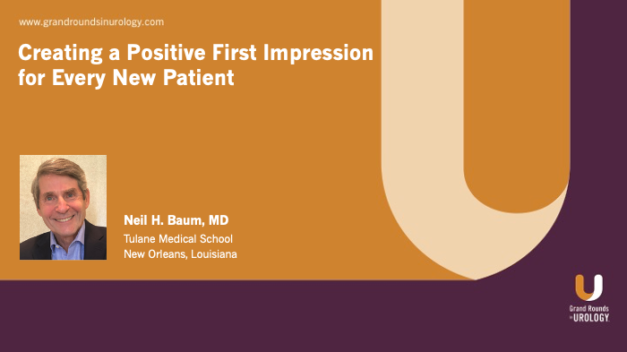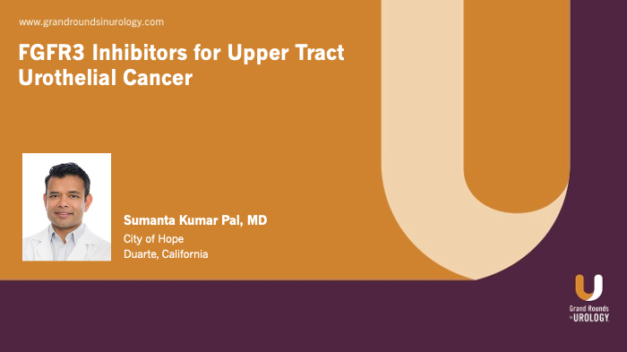Creating a Positive First Impression for Every New Patient
Grand Rounds in Urology Contributing Editor Neil H. Baum, MD, Professor of Urology at Tulane Medical School, discusses the importance of creating a positive first impression for new patients. He outlines several examples that establish a welcoming environment beginning with the patient’s first call to the practice. Dr. Baum emphasizes that when a patient has a positive experience, it will serve as effective marketing for the practice. The receptionist has the initial opportunity to make an impression by preparing patients for their upcoming visit, directing them to educational materials online, and reminding them to both fill out demographic information in advance and to hydrate appropriately to facilitate the collection of a urine sample during their visit. When patients arrive for their appointment, it is important to be respectful of the patient’s time by minimizing their wait time. Lastly, Dr. Baum shares a unique tip to impress patients by creating a personalized introduction video for each new patient welcoming them to the practice and reminding them of any pre-appointment information.
Read More


